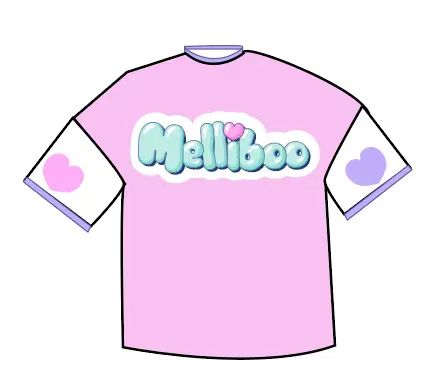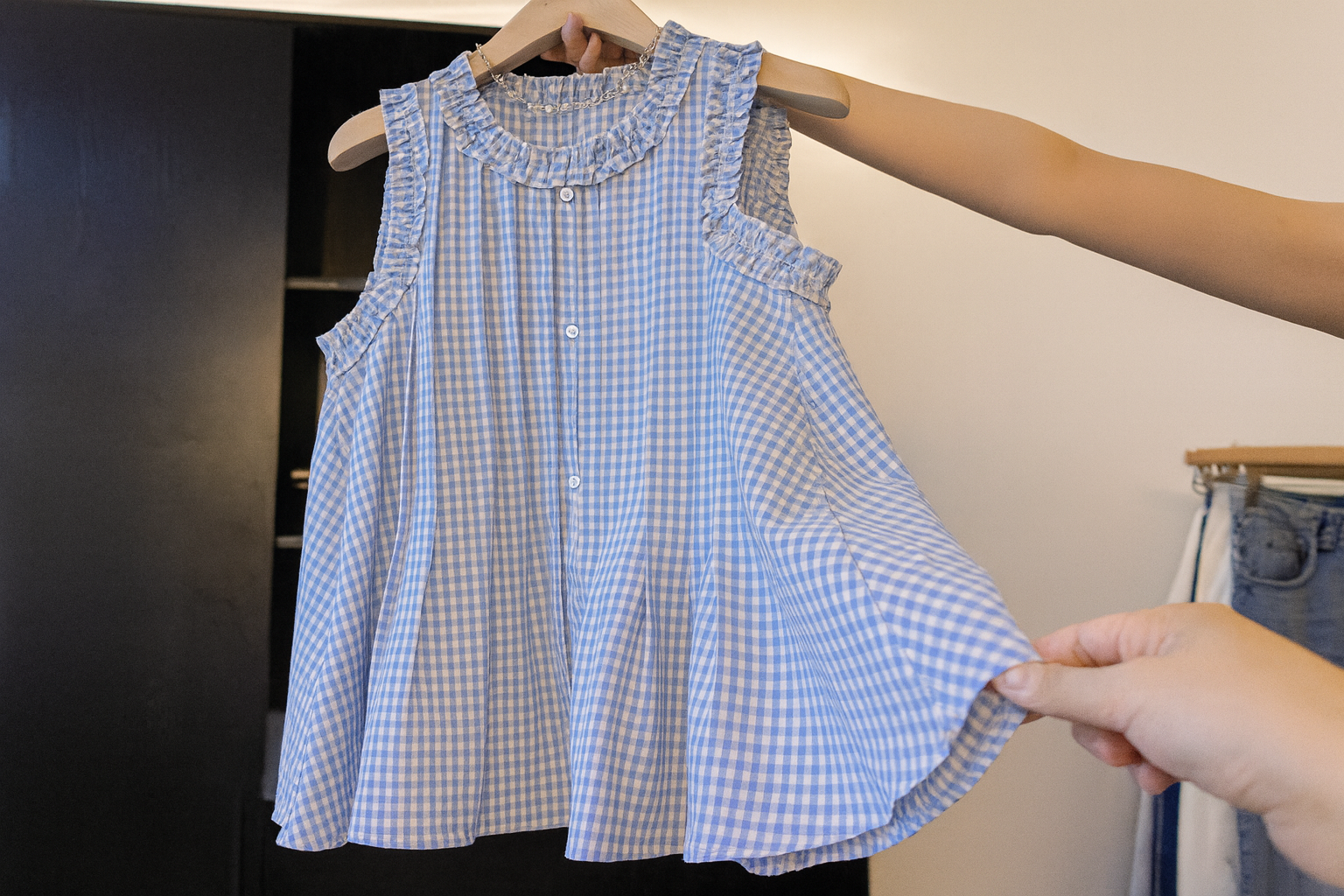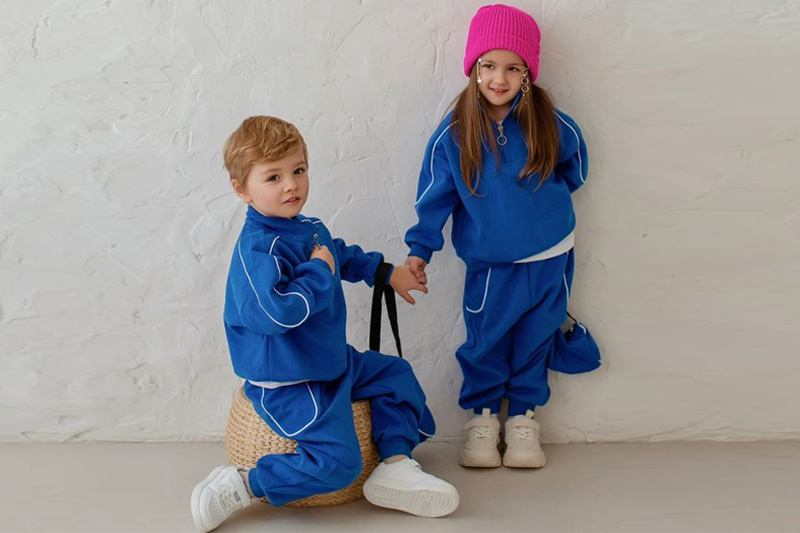When it comes to kids’ clothes, design isn't just about cuteness—it's about how it survives the playground. And if you’re deciding between embroidery and screen printing, you're probably wondering: which one lasts longer? Feels better? Looks best after ten rounds in the wash?
Embroidery is more durable and textured, while screen printing offers smoother finishes and better detail for large, colorful designs. Embroidery works best for small logos or accents, whereas screen printing shines for bold graphics. Both methods are safe when done right, but screen printing offers more flexibility on babywear.
Let’s explore how to make the right choice for your next kidswear project—one your customers (and their kids) will love.
Which is more durable for active kids—embroidery or screen printing?
Kids run, jump, crawl, and roll… and their clothes need to keep up.
Embroidery is typically more durable than screen printing, especially for small designs. The stitched threads hold up well against abrasion and repeated washing, making it ideal for school logos or patches. Screen printing, while strong, can crack or fade over time if not properly cured or cared for.
So if you’re designing uniforms or sportswear, embroidery might go the extra mile.
How do embroidery and screen printing differ in texture and feel on children’s clothing?
This matters more than you think—especially for toddlers with sensitive skin.
Embroidery creates a raised, textured finish using threads, which can feel rougher on the inside of thin garments. Screen printing sits flat on the fabric, resulting in a smoother feel. For baby clothing or lightweight tees, screen printing usually feels more comfortable against the skin.
That said, embroidery’s texture can add a nice tactile element—just keep it away from sensitive areas like the chest on infant rompers.
What design styles work better in embroidery versus screen printing for kidswear?
Not all designs play fair with every method.
Embroidery works best for small, bold designs like initials, logos, or symbols. It’s great when you want a premium, stitched look. Screen printing, on the other hand, handles complex illustrations, gradients, and multi-color graphics better—think dinosaurs, rainbows, or storybook characters.
So if your design is bursting with color and detail? Screen printing's your friend.
Is one method safer or more skin-friendly for babies and toddlers?
Skin-friendliness is a big deal when designing for babies—trust me, parents notice.
Both embroidery and screen printing can be safe, if high-quality, baby-safe materials are used. However, screen printing has the edge for comfort, as it avoids raised stitching that may rub on sensitive skin. Look for water-based or OEKO-TEX®-certified inks to ensure chemical safety.
And always back embroidery with a soft fabric patch if it’s going inside a baby garment—that’s one little trick I’ve learned from experience.
Which option offers better color retention and visual impact after multiple washes?
Let’s be real: kids’ clothes get washed a lot.
Embroidery generally retains color better over time because thread doesn’t crack or peel. But well-executed screen printing—especially with high-quality inks and curing—can also last dozens of washes without fading. The visual impact depends on the artwork itself: embroidery gives a 3D, upscale look, while screen printing is bold and graphic.
Want bold and playful? Print it. Want refined and classy? Stitch it.
How does Tai’an Lianchuang Textile Co., Ltd. support brand entrepreneurs to decide whether to use embroidery or screen printing?
We’re here to make the decision easy—not overwhelming.
At Taian Lianchuang Textile Co., Ltd., we guide kidswear brands in selecting between embroidery and screen printing based on their design, target age group, budget, and garment type. We offer samples, mockups, and expert advice on placement, durability, and safety—so even first-time entrepreneurs feel confident in their choices.
Whether you're creating school uniforms, playful baby rompers, or statement tees—we’ve got your back (literally).
Dive Deeper: Making the Right Print Choice for Your Kidswear Brand
Choosing between embroidery and screen printing isn’t just a technical decision—it’s also about brand identity, feel, and how you want customers to experience your product.
Let me walk you through how I help brands think it through.
1. Start With the End Use
Ask yourself:
- Will this be worn in active play or at formal events?
- Will it be washed frequently?
- Is it for infants, toddlers, or older kids?
For example, a daycare tee that gets daily use? Screen print it—cost-effective, soft, fast. A holiday cardigan with a monogram? Embroider it—it adds a touch of class.
2. Budget Plays a Role
Embroidery tends to be more expensive per piece due to setup costs and stitching time. Screen printing is cheaper in bulk, especially for large designs or color-heavy graphics.
Here’s a rough table comparison:
| Feature | Embroidery | Screen Printing |
|---|---|---|
| Cost per piece | Higher | Lower in bulk |
| Ideal for | Small designs | Large, colorful art |
| Comfort for babies | Moderate (with backing) | High |
| Wash durability | Excellent | Good (if cured well) |
| Setup time | Longer | Faster |
3. Consider Brand Aesthetic
If your brand leans minimalist or premium—like neutral-toned sets with tiny stitched icons—go embroidery. If you're bold, colorful, and fun? Let screen printing do the talking.
One of my clients even did both: a screen-printed front, with a small embroidered sleeve logo. It looked polished, playful, and really set them apart.
4. Safety and Compliance
For babywear, always ask your supplier to confirm non-toxic, child-safe inks and threads. We at Taian Lianchuang Textile Co., Ltd. can provide certifications and test reports to back this up.
In some markets, such as Europe, this isn’t optional—it’s required by law.
Conclusion
Embroidery and screen printing each have their moment in the spotlight—it’s all about what you’re creating, and for who. Want bold and flexible? Go screen. Want refined and rugged? Stitch it up. And if you’re still unsure, we’re always here to help you figure it out—stitch by stitch, print by print.



